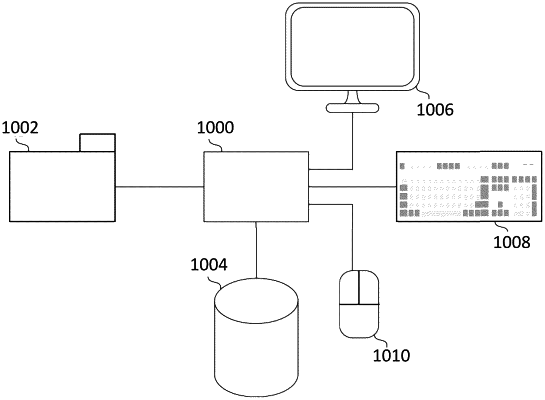| CPC G01N 15/1429 (2013.01) [G01N 15/1425 (2013.01); G06F 18/2163 (2023.01); G01N 2015/1402 (2013.01); G01N 2021/6441 (2013.01); G01N 2201/121 (2013.01)] | 23 Claims |

|
1. A system comprising:
a particle analyzer component configured to obtain fluorescent flow cytometer data; and
a processor comprising memory operably coupled to the processor wherein the memory comprises instructions stored thereon, which when executed by the processor, cause the processor to:
partition fluorescent flow cytometer data comprising intensity signals collected from light emitted by a first fluorochrome and a second fluorochrome into a number of quantiles according to the intensity of the fluorescent flow cytometer data relative to the first fluorochrome;
estimate with a first linear regression a zero-adjusted standard deviation for the intensity of light collected from the second fluorochrome for each of the partitioned quantiles based on an assumption that the intensity of light collected from the first fluorochrome is zero; and
obtain with a second linear regression a spillover spreading coefficient from the zero-adjusted standard deviations to characterize spillover spreading originating from the first B fluorochrome in flow cytometer data obtained for the second fluorochrome, wherein a fluorescence spillover matrix is determined without requiring an identification of populations of fluorescent flow cytometer data that are positive for a particular fluorochrome and populations of fluorescent flow cytometer data that are negative for a particular fluorochrome.
|